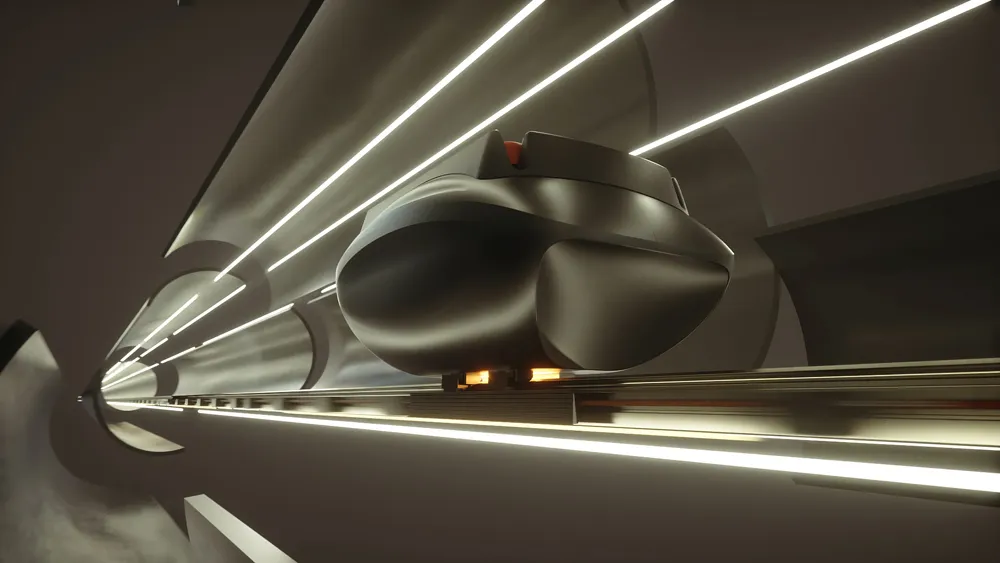A trial in which Arrival provided Royal Mail with nine heavy electric vehicles (HEVS), which are said to travel 100 miles on a single charge, and their potential will be discussed at the Microlise Transport Conference, in May 2018. These vehicles have been deployed in and around London to move mail between distribution centres and its mail centres.
Grahame Bennett, Royal Mail’s head of fleet engineering will discuss work being undertaken by the UK postal service. In addition, Matt Key chief of business development at Arrival will talk about the technology, looking at the possibilities of electric now and how it is breaking down the barriers to widescale adoption.
This year’s conference will build on its innovation and technology focus by covering topics such as platooning and alternative fuels; to skills, compliance and inevitably, the effects of Brexit on the industry.
The main agenda will also feature three focused workshops, an all-new innovation zone and a sizable exhibition area featuring transport brands, innovators, industry organisations and special guests.
Additionally, the Microlise Driver of the Year Awards will celebrate the UK’s most talented HGV drivers, both through analysis of more than 180,000 drivers’ telematics data, and via industry nominated categories. These include HGV Hero, Lifetime Achievement, Extra Mile, Most Improved and Young Driver of the Year.
More information on how to register for the conference is available on the website.
Royal Mail and Arrival to discuss EV trial at Microlise Conference
A trial in which Arrival provided Royal Mail with nine heavy electric vehicles (HEVS), which are said to travel 100 miles on a single charge, and their potential will be discussed at the Microlise Transport Conference, in May 2018. These vehicles have been deployed in and around London to move mail between distribution centres and its mail centres. Grahame Bennett, Royal Mail’s head of fleet engineering will discuss work being undertaken by the UK postal service. In addition, Matt Key chief of business
December 5, 2017
Read time: 2 mins
Related Content











